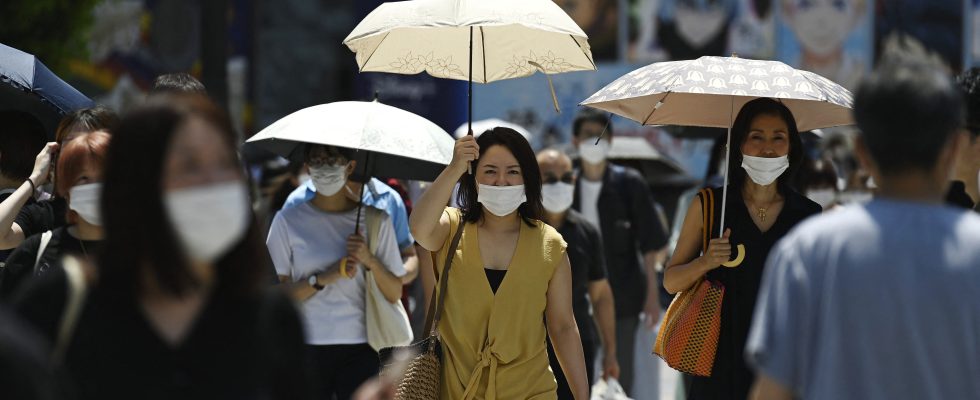After the end of the Covid-19 pandemic, Japan once again finds itself faced with a worrying increase in streptococcal infections, as reported The Guardian, pushing 27 of the 47 departments of the archipelago to put themselves on red alert. The bacteria at the origin of these infections, streptococcus A, is most of the time (80%) responsible for benign pathologies such as angina, impetigo or scarlet fever.
But it can also be the cause of streptococcal toxic shock syndrome (SCTS), the mortality rate of which is between 30 and 70%, depending on the Japanese channel TBS. In 2023, the country had recorded a record number of 941 cases of SCTS. 474 cases have already been recorded between January 1 and March 10, 2024, the channel continues, a sign that the situation is rapidly worsening. Only two departments in the country are not affected.
In the case of severe forms, the bacteria will attack the patient’s muscle. “Its extension may require surgical excision of necrotic tissue or even amputation of a limb,” explains the French reference center for streptococci (CNR), which earned this streptococcus A the nickname “flesh-eating bacteria”. “These invasive infections occur in people of all ages, without predisposing factors,” continues the CNR.
This pathogen has a high epidemic potential and is transmitted by air, by direct or indirect contact with patients with skin lesions or suffering from angina, for example. “There are still many unknown factors regarding the mechanisms behind fulminant (severe and sudden) forms of strep, and we are not at the stage where we can explain them,” said the National Institute of Diseases. infectious diseases in Japan.
Resumption of barrier gestures
The resurgence of this disease in Japan could, however, be explained by the recent lifting of anti-Covid barrier gestures. The same phenomenon was observed at the end of 2022 in Europe, and in particular in France. “These increases could result, at least in part, from a rebound post-barrier measures, particularly in children whose immune system has not been in contact with the strains of GAS which usually circulate,” wrote Public health France in March 2023.
According to the Pasteur Institutemore generally, these invasive infections have been increasing since 2000, the incidence rate in France having increased from 1.2 to 3.3 cases per 100,000 inhabitants.
In Japan, the Ministry of Health has called on the population to resume basic health practices. “The infection is transmitted through physical contact and via droplets. It is therefore important to disinfect your hands and cover your mouth when you cough [pour protéger les autres]” says the ministry, quoted by the daily Mainichi Shimbun.
Currently, there is no vaccine against streptococcal A infections. Antibiotics remain the standard treatment. However, “we have been witnessing an increase in resistance to certain families of antibiotics for several years,” laments the Pasteur Institute on its website.
